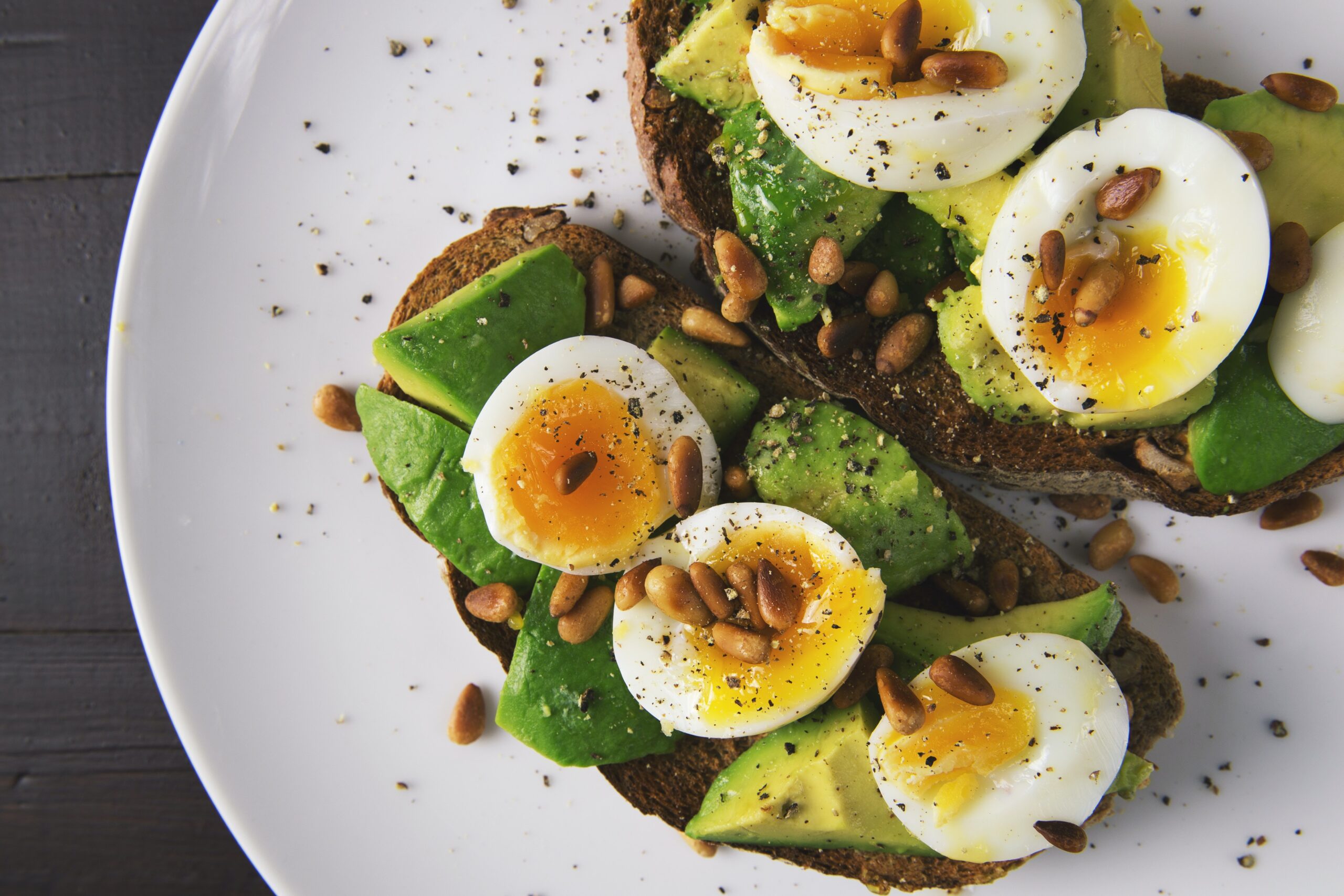The military diet is a 3-day diet plan that is in two phases. In a 7-day week, you are to be subjected to low-calorie intake for the first three days, and for the remaining days of the week, you can eat as many calories but ensure you do not exceed the 1500 cap limit on any of this 4-day break. The calorie intake for the first three days in any week should not exceed 1,400 and may as fall as low as 1100 on any given day.
The military diet isn’t a one-week off the diet plan, you will keep repeating the earlier described cycle until you reach your weight loss goal. However, it is highly recommended that one does not extend the calorie restriction meal plan beyond three consecutive days. Always take a break after the first 3 days. Moreover, there are no food restrictions during the breather days in a military diet. It is however advised that one should practice mindfulness in the choice of food but of course, you are free to at what you want in optimal quantities.
The military diet is synonymous with losing 10 pounds of fat in a week. Unlike other written guides on losing huge amounts of fat in a relatively short period of time, the military diet is free.
I have taken the time to curate a post on everything worth knowing about the military diet. Read on to learn about them. Also, get biofit supplement for added support.
- The military is not connected to the Military Diet: The military plan is also known as the navy plan. However, it is important to know that the military diet is not affiliated with the military arm of any government. While there have been rumors about this in the past, nutritionists of the military have refuted it as baseless. Although the diet’s origins are unknown, it is claimed to have started as a weight-loss method for troops.
- There is no exercise requirement: There is no specific exercise or activity that must be performed to follow the Military Diet. However, regular exercise can help you lose weight more successfully and is crucial to a healthy lifestyle. Moreover, it can help you burn calories, build muscle, and improve your overall health and fitness.
- It’s a low-calorie diet: The Military Diet limits your daily calorie consumption to between 1,000 and 1,400 calories, which is considerably less than the amount that most individuals should consume daily. A calorie deficit, which is required for weight loss, will be produced by this calorie limitation. It’s crucial to remember that a diet with such low calories cannot give your body all the nutrients it requires, which could result in nutritional deficiencies.
- Alcohol intake is prohibited: You cannot consume alcohol during your military diet plan. Drinking alcohol negates what you are trying to achieve in terms of weight loss in the sense that alcohol makes people hungry, and it also reduces the rate of body metabolism. Thereby causing the body to continue to accumulate fat. In contrast, the military diet involves drinking lots of water. Water helps to fasten the body’s metabolism rate and metabolism leads to the shedding of fat.
- It might lead to temporary weight loss: The Military Diet may assist you in losing weight quickly. However, the weight loss may not be sustainable. Instead of fat loss, the weight loss is probably the result of calorie restriction along with water loss. You could put the weight back on if you start eating normally again.
- It may not be appropriate for everyone: The Military Diet might not be ideal, especially for individuals with specific medical conditions or dietary limitations. For instance, individuals with diabetes or kidney disease would require dietary modification to match their particular needs. Furthermore, the diet might not offer enough nutrients to pregnant or nursing women, and it might not be suitable for those with a history of eating disorders. A calorie deficit, which is required for weight loss, will be produced by this calorie limitation. It’s crucial to remember that a diet with such low calories cannot give your body all the nutrients it requires, which could result in nutritional deficiencies. If you are allergic to any of the food included in the 3-day of low-calorie consumption, you can switch such foods with the ones that are safe for you.
- The Military Diet is not supported by scientific research: Now you may wonder, does the military diet have scientific data backing its effectiveness? Well, the answer is no but it has been observed over time that if anyone incorporates the element of the military diet in their feeding. It is more probable than not that they will shed pounds of fats. There are no participant research or clinical trials that have studied the effectiveness or safety of the Military Diet. Instead of being supported by scientific research, the diet is based on personal experiences and testimonies. As a result, it’s difficult to say whether the diet is safe or effective in the long term.
The typical menu for the Military Diet consists of a variety of items such as toast, eggs, fish, meat, fruits, vegetables, and more. Each meal on a diet should contain a healthy balance of protein, carbs, and fat. Calorie intake should be kept to a minimum to encourage weight loss.
It’s crucial to remember that while the Military Diet may assist you in losing weight rapidly, it could not be long-term sustainable and might not give your body all the nutrients it requires. Before beginning any new diet, it is important to consult with a healthcare professional, especially when taking medication or having a medical condition.
The diet requires strict adherence to particular food items, amounts, and timing over the course of three days. The following is a sample illustration of a standard Military Diet menu:
Day 1:
- Breakfast: 1 slice of whole-wheat toast with 2 tablespoons of peanut butter, 1 cup of coffee or tea, and 1/2 grapefruit (no sugar)
- Lunch: one slice of whole-wheat toast, half a cup of tuna, and a cup of coffee or tea (no sugar)
- Dinner: 1 cup of green beans, 3 ounces of any type of meat (such as chicken or beef), 1 small apple, and 1/2 banana.
- Snack: 1 hard-boiled egg
Day 2:
- Breakfast: 1 slice of whole-wheat toast with 1/2 banana, 1 hard-boiled egg, and 1 cup of coffee or tea (no sugar)
- Lunch: 5 saltine crackers, 1 cup of cottage cheese, and 1 hard-boiled egg
- Dinner: 2 hot dogs (without buns), 1 cup of broccoli, 1/2 cup of carrots, 1/2 banana, and 1/2 cup of vanilla ice cream
- Snack: 1 hard-boiled egg
Day 3:
- Breakfast: 1 slice of cheddar cheese, 1 small apple, and 5 saltine crackers
- Lunch: 1 hard-boiled egg, 1 slice of whole-wheat toast, and 1 cup of coffee or tea (no sugar)
- Dinner: 1 cup of tuna, 1/2 banana, and 1 cup of ice cream
- Snack: 1 hard-boiled egg
Keep in mind that there are other modifications and replacements you may make to fit your preferences and dietary requirements; this is just one example of a Military Diet menu. However, remember that the Military Diet is restrictive and may not be suitable for everyone. Before beginning any new diet, it’s always a good idea to speak with your doctor or a qualified dietitian.
However, how much fat they’ll be able to shed depends on how strictly they adhere to the military diet plan. Flouting any of the military diet requirements could negatively impact how fast you achieve the desired result.



